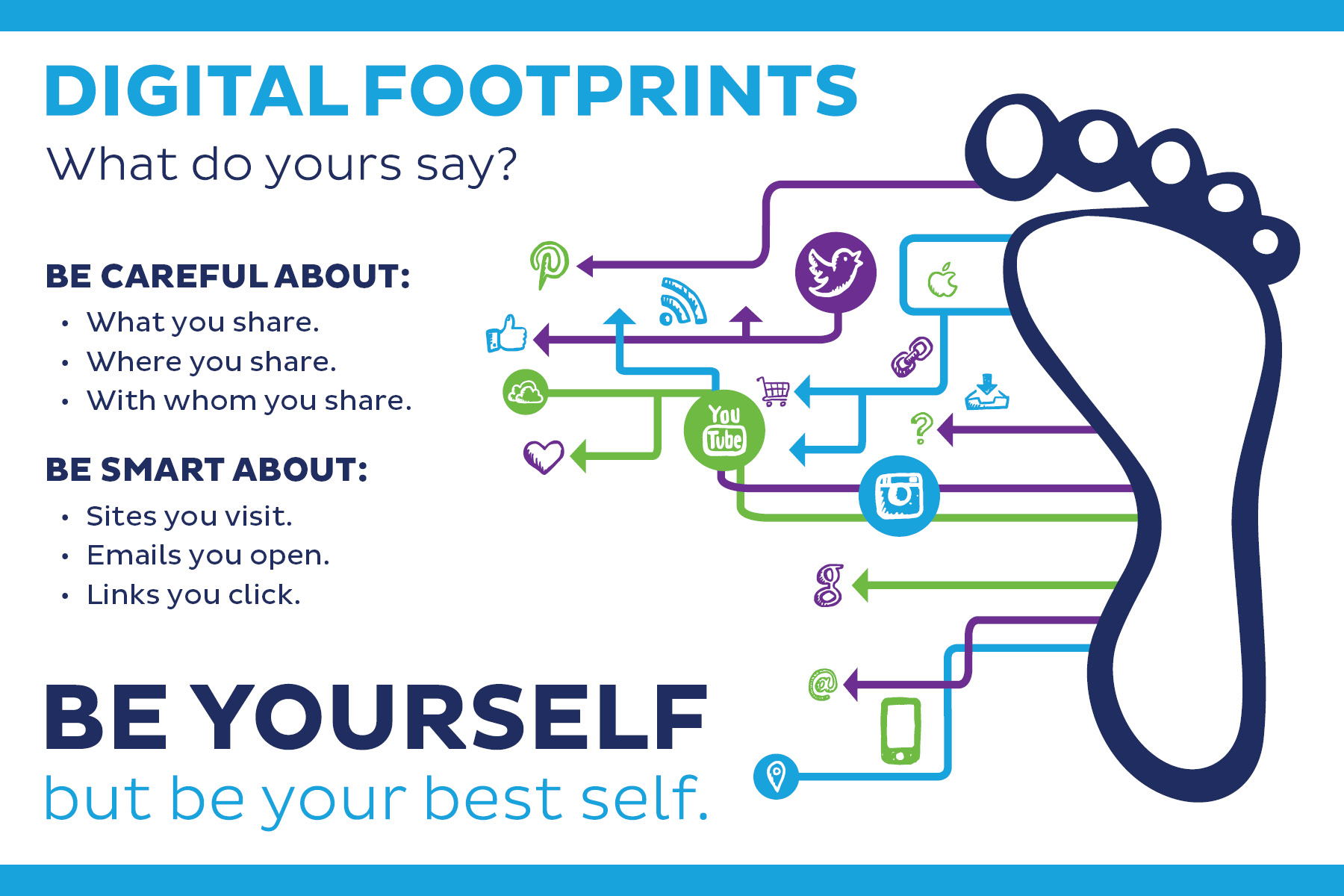If Microsoft even believes that, they would be fooling themselves. There is nothing to stop Google from eventually scaling the operating system to work as a more than capable lower end desktop replacement once they’ve managed to capture gain more mindshare at that low end (replacing Windows systems at the low end). That mindshare is important because it will bring about developer support. Google already has a leg up there though if they can leverage Android developers.
My point is that Microsoft should be taking on Google. I’ll be honest, out of this rivalry, there is very little about Google that I like. With Google, its users are actually the product. Google actually make their users work for them by way of feeding a lot of personal information to them. At least Microsoft users are still customers and not products meant to be datamined in order to build advertisement profiles.
Sure, this current rivalry between Apple and Google has led to unprecedented innovation compared to the stagnation that occurred with the Wintel duopoly that existed with the PC. The mobile space has turned out to be very different though (Microsoft has learned that the hard way). If it weren’t for the absolutely long leash that former Microsoft CEO Steve Ballmer had that allowed so many mistakes by Microsoft in the mobile market, we’d likely be singing a different tune today where Google may not have gotten such a strong foothold with Android (where it would be Apple and Microsoft continuing their long running rivalry but in a very different mobile space).



